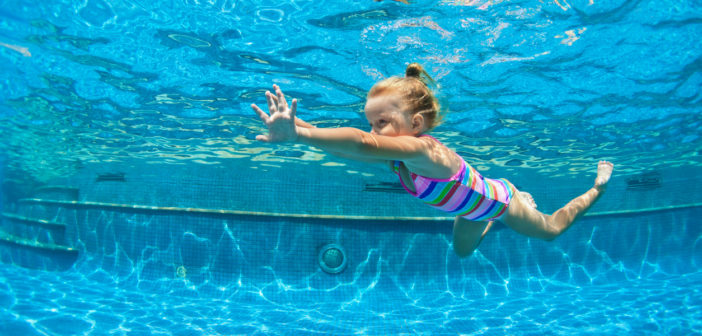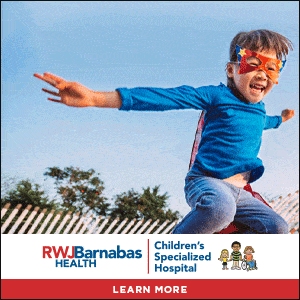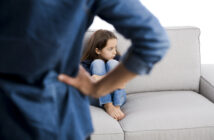Right now, throughout New Jersey, most of us are enjoying some family time at the pool or beach. With all the parties, celebrations, and regular Tuesday afternoons by the water, it’s important to make sure your little ones are aware of water safety and the warning signs of secondary drowning as drowning is the number one cause of death in children four and younger.
CentraState Healthcare System in Freehold, NJ shares what parents should know about water safety and how to identify “secondary drowning “in your children.
First of all, what is secondary drowning?
When you have children around water, parents and caretakers need to keep a careful watch on your little ones, which can be a huge challenge. This not only includes the pool and ocean, but a hot tub or even bathtub as well. Children can drown very quickly and quietly, even while swimming in a pool with other people, and the TV images we see of people splashing in the water and calling for help are simply not the entire reality.
Leaving kids alone, even for just a moment, can be a moment too long while swimming or bathing. Sometimes, youngsters find their way into the water, go under ─ just for a few seconds ─ and take in water, which is not immediately coughed out.
“Secondary drowning” is another term people use to describe another type of drowning complication. Secondary or “delayed” drowning happens when a child inhales water into his or her lungs, which acts as an irritant, causing inflammation and leakage of additional fluid into the lungs.
Many parents have never heard of “secondary drowning, but it happens more than you would think and it happens quietly, quickly and easily. Oftentimes, parents find out too late that their child, even briefly submerged in water, can drown hours or days later. In the most severe cases, parents put their kids to sleep with residual fluid still in the lungs, and the child eventually drowns in their sleep.
Up to 72 hours after inhaling the water, the body can respond by pushing even more liquid into the lungs, reducing the ability to breathe and leading a person to drown in their own body fluids.
How to know when it is time to seek help
Secondary drowning most commonly occurs one hour to 24 hours after the incident. If your child takes in water and continues to cough a few hours later or seems to be having difficulty breathing, seek emergency care immediately.
Additional symptoms include:
- Lethargy or unusual tiredness
- Pain in the chest
- Sore throat
- Pale or blue/grey skin color
- Treatment for this condition is simple but critical
Treatment for secondary drowning involves removing the liquid from the lungs. Thereafter, the patient receives oxygen to reinvigorate the lungs to full capacity.
High-Quality Pediatric Emergency Care at CentraState
CentraState Medical Center recognizes that children benefit most from seeing pediatricians—especially for an emergency like secondary drowning. CentraState has pediatricians on staff, 24 hours a day/ 7 days a week, to offer pediatric diagnosis and treatment at CentraState’s Emergency Department.
This separate and less intimidating department provides a special treatment area reserved exclusively for children. The department offers First Care service to quickly treat minor pediatric injuries in less than 30 minutes. The hospital guarantees that all ED patients will be seen by a nurse within 15 minutes and a physician or practitioner within 30 minutes so you and your little one can quickly return home. For more information about CentraState’s pediatric services, call (866)-CENTRA7.
Featured Event at CentraState Medical Center
Mini-Med Students Summer Camp
July 23, 2018 to July 26, 2018
During this four-day day camp, children ages 5 & 6 will have fun exploring how to keep their bodies happy and healthy, germ defense, and the five senses through hands-on activities, such as puppets, crafts, role play, songs, and finger play activities.
CentraState Healthcare System
901 West Main Street, Freehold, NJ 07728
Cost: $180
Register at: https://weblink.centrastate.com/wlp2/#!/classes/info/HH072318









